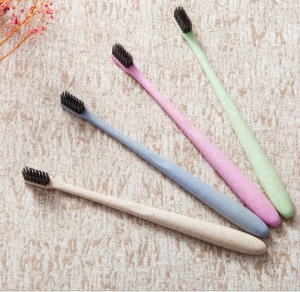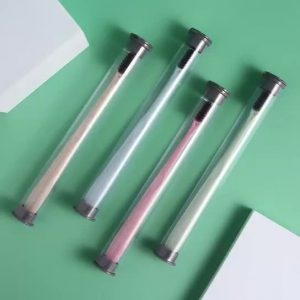Children’s toothbrushes are toothbrushes designed for children who are in their growing period. After the child has learned the method of brushing teeth, we must pay attention to choosing the right toothbrush according to the age of the child.
1. Pay attention to appearance and price
When purchasing a toothbrush, parents can take a closer look at the appearance of the toothbrush food to see if the toothbrush is clean and if there are any irregularities in the bristles;
And whether the toothbrush food packaging is relatively tight, the toothbrush that meets these requirements is a product with relatively guaranteed quality.
If the toothbrush has no place of production and no quality certification mark, it is best not to buy it. Children’s toothbrushes are toothbrushes designed for children who are in their developmental period. After the child has learned the method of brushing teeth, we must pay attention to choosing the right toothbrush according to the age of the child.
Children are in the developmental period, and the size of the oral cavity changes with the development of the body. Therefore, the toothbrushes used in children are different at different ages.
1. Pay attention to appearance and price
When purchasing a toothbrush, parents can take a closer look at the appearance of the toothbrush food to see if the toothbrush is clean and if there are any irregularities in the bristles;
And whether the toothbrush food packaging is relatively tight, the toothbrush that meets these requirements is a product with relatively guaranteed quality.
If the toothbrush has no place of production and no quality certification mark, it is best not to buy it.
2. Pay attention to the size of the brush head
When parents buy a toothbrush, it is best not to buy a toothbrush with a larger brush head, because if the brush head of the toothbrush is too large, it is not easy to brush those relatively hidden teeth.
The best length of the toothbrush head should be the length of three to four front teeth of the child who uses the toothbrush, and the width of the brush head should be as wide as a child’s front tooth.
3. Pay attention to the softness and hardness of the bristles
A moderately soft toothbrush will not cause too much damage to the gums and teeth, and the bristles of the toothbrush should not be too soft, because the bristles that are too soft are prone to deformation.
In addition, the front bristles should be longer than the back bristles so that the innermost teeth can be cleaned.
If the bristles can cross each other up to forty-five degrees, then when the toothbrush moves in the mouth, it can take care of all corners of the teeth.
4. Children’s toothbrushes should choose trusted high-quality materials
The materials used to make children’s toothbrushes must be reliable and guaranteed good materials.
Under normal circumstances, the branded children’s toothbrushes sold in regular stores are trustworthy.
It is recommended to choose a toothbrush with a straight handle for children, and the degree of hardness of the bristles should be appropriate.
It is best if the tips of the bristles are polished, so as not to damage the gums.








